Yin and Yang: From Fenway to the Emerald Necklace – June 24th, Boston, MA
Duality and sonic balance, the yin and yang of rock and roll and the sounds of nature. The location of Fenway in the middle of Boston’s famed Emerald Necklace series of parks is the inspiration for tonight’s drums and space.

The concept of yin and yang is an ancient Chinese philosophy based on the idea that everything in the universe is composed of these two opposing forces which are complementary to each other. In this way, yin and yang represent a balance between two seemingly opposite forces. At its core, rock music is about finding harmony within chaos. The combination of yin and yang elements creates a powerful tension that can be felt throughout the music. This tension allows for both sides to be expressed without one overpowering the other. It’s this balance between opposites that makes rock music so captivating.

In the Grateful Dead and in all my work I have always been a lifelong advocate for the power of music. As much as I appreciate the power and energy of loud music, I also recognize the importance of balancing this with the sounds of nature. The Grateful Dead’s music has always been inspired by the natural world, and we often incorporated these sounds into our performances.


The basic elements of music are sound and rhythm, which are also found in nature. If you are wondering how this happens, it’s simple. In nature the sounds are the animal’s voice, such as the bird’s song or the peaceful sound of lake water. On the other hand, everything in nature is a rhythm. The rain, for example, has its own rhythm. Rhythm is also hidden in the ocean waves or even in the sunrise and the sunset. Moreover, the rhythm of music is also reflected in the planet’s movement and the cycle of the seasons. It’s understood that nature and music are one and nature influences music. Τhe majesty of nature has inspired many composers from different periods of classical music (including Handel, Haydn, Vivaldi, Beethoven, Schubert,
Debussy etc).

During much of history, the prevailing opinion was that nature is the mirror of soul. The fact is that in times of intense search for music, theorists and composers kept turning to nature and its sounds to find inspiration, new methods and ultimately new sounds. Many composers borrowed sound patterns from nature (insect and animal sounds, natural phenomena), which they transformed into musical forms.
Fenway Park, the iconic home of the Boston Red Sox, is located in the Fenway neighborhood of Boston. This neighborhood is part of the Emerald Necklace, a 1,100-acre chain of parks and parkways that stretches from the Back Bay Fens to Franklin Park. The Emerald Necklace was designed by Frederick Law Olmsted, America’s first landscape architect. It provides a beautiful green space for locals and visitors alike to explore and enjoy, and is made up of nine parks connected by parkways and waterways, each with its own unique features.
Fenway Park
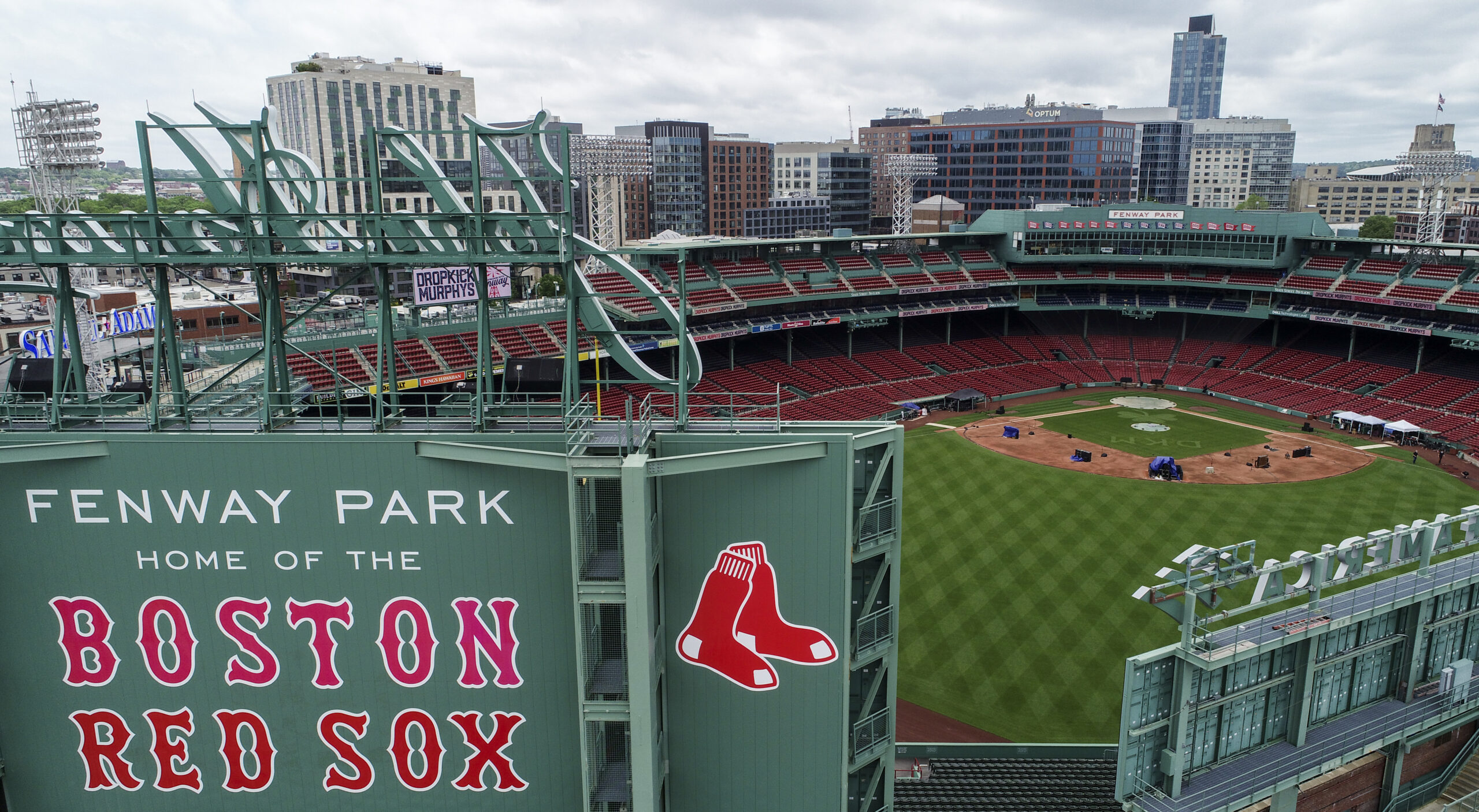
Frederick Law Olmsted
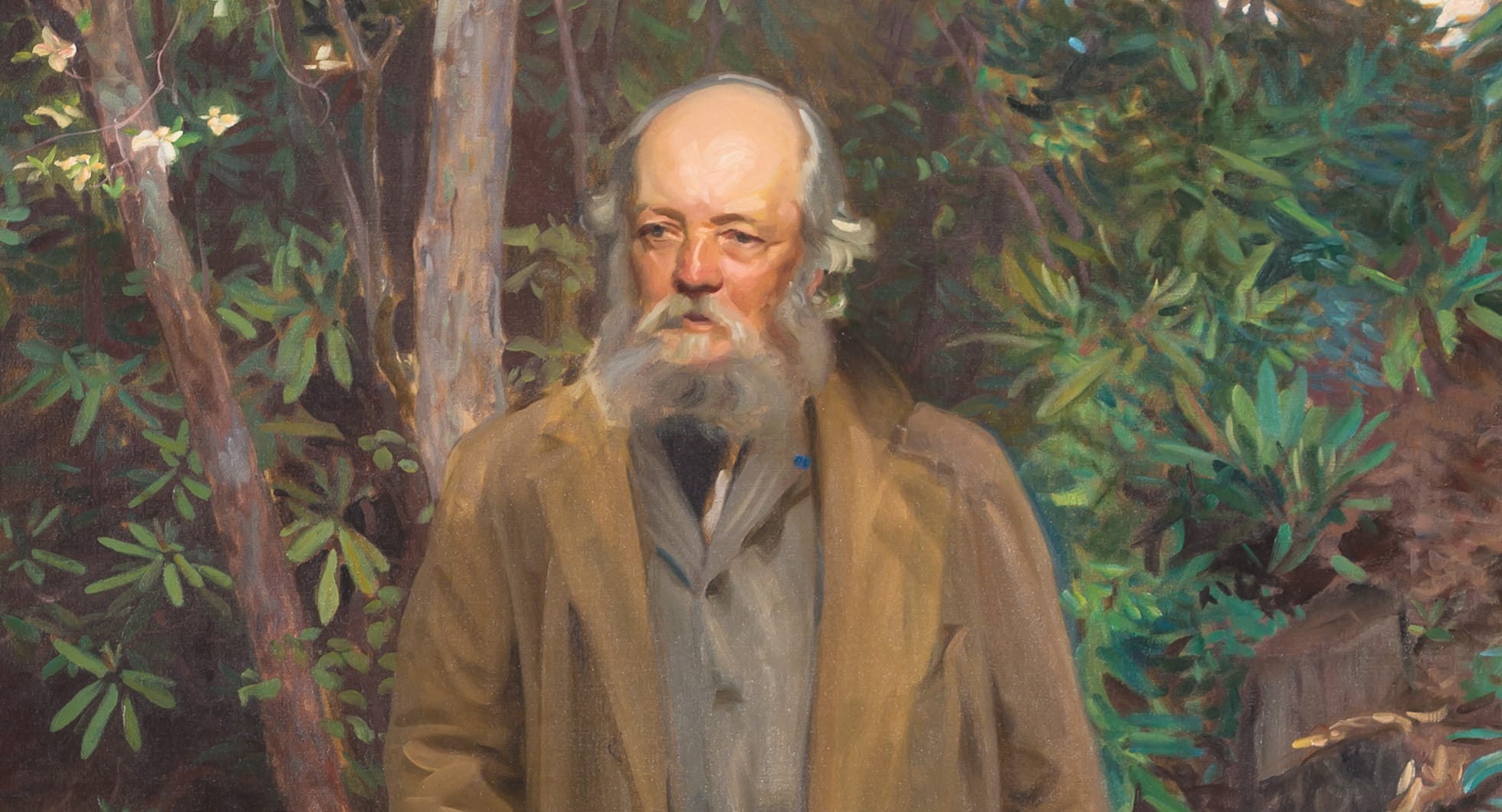
The Arnold Arboretum is a lush botanical garden filled with trees, shrubs, and flowers that bloom throughout the year. Olmsted Park offers rolling hills and meandering paths that lead to tranquil ponds and streams. The Riverway is an urban wildscape with winding trails that wind through wetlands and woodlands. The Back Bay Fens are a vibrant wetland habitat teeming with wildlife, while Franklin Park boasts meadows full of wildflowers and grasses as well as dense forests full of birdsong.
The Arnold Arboretum

The Riverway
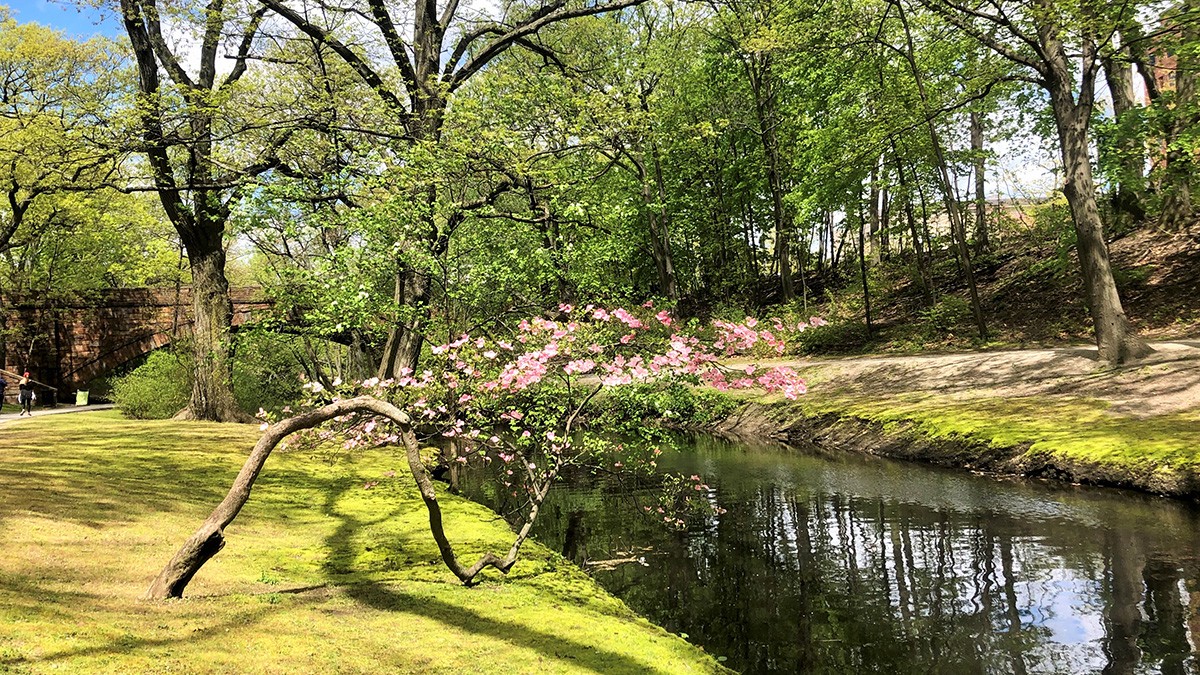
The Back Bay Fens
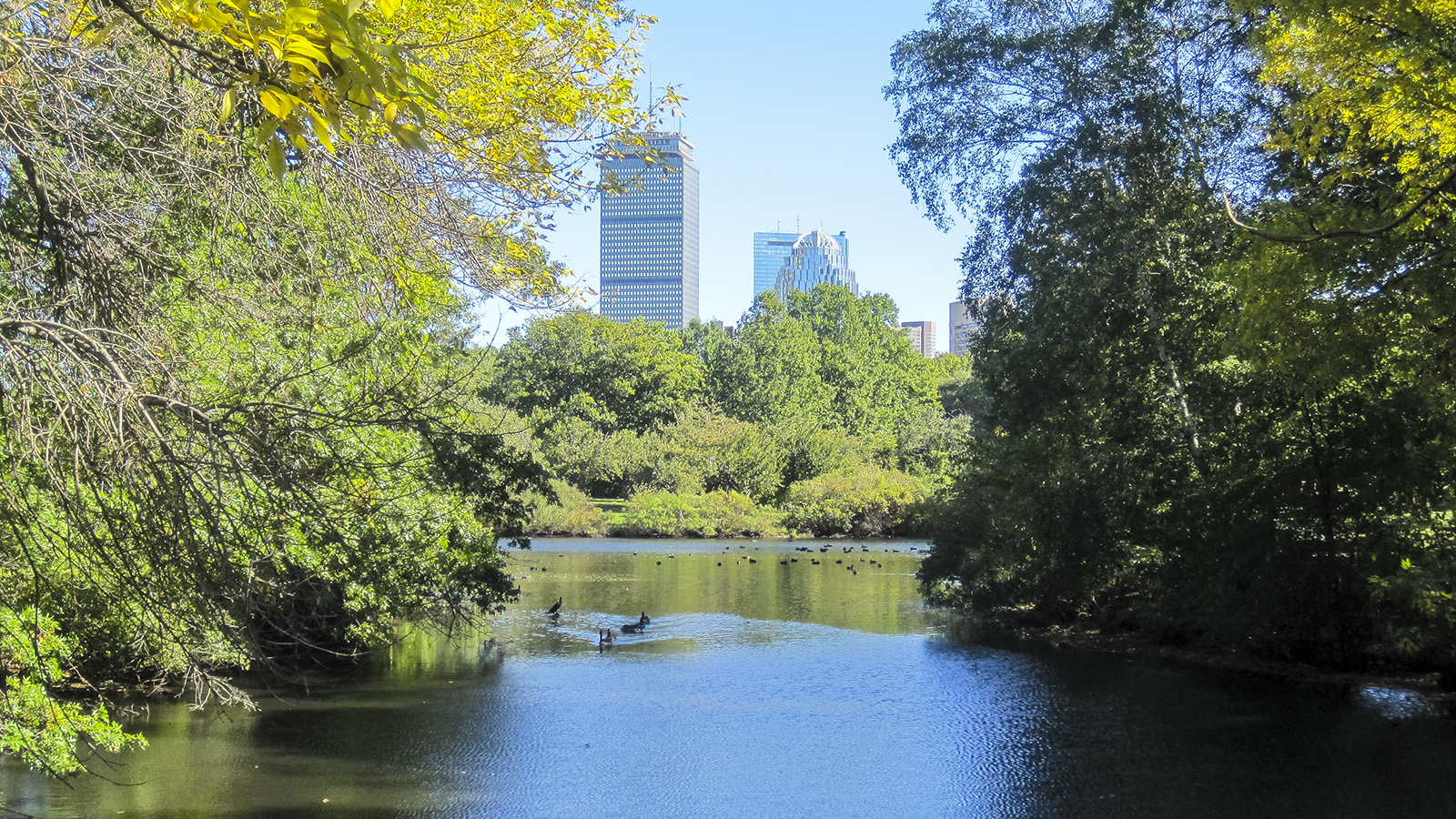
Franklin Park
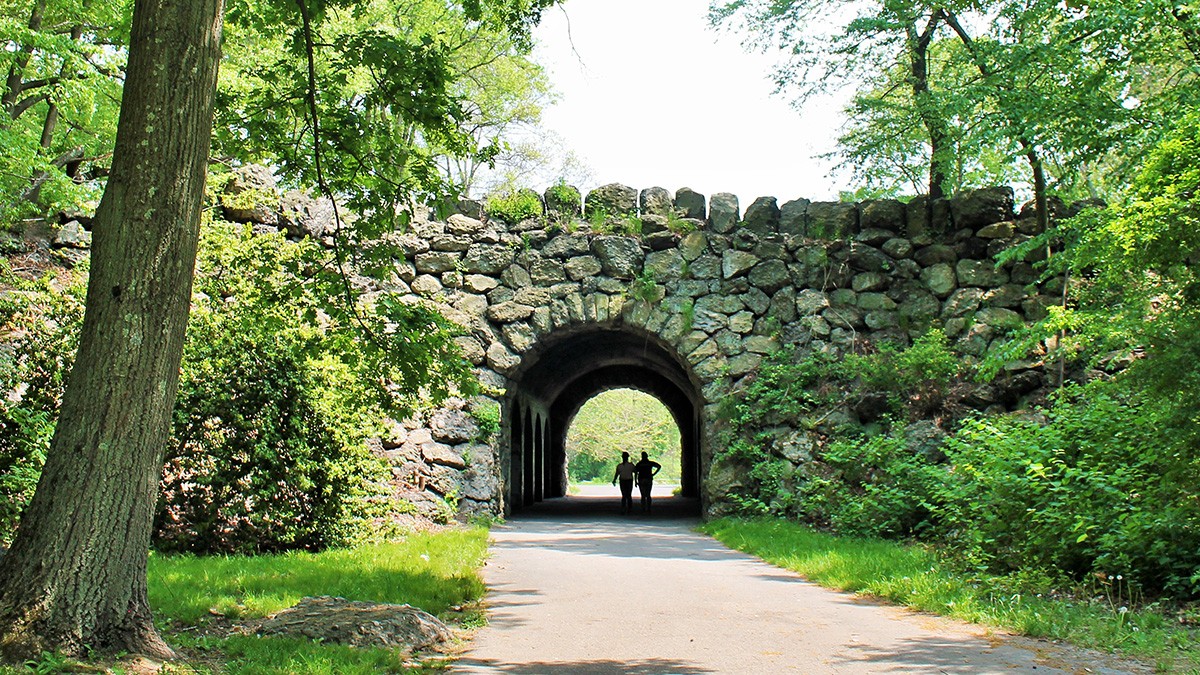
These parks offer more than just visual beauty; they provide an opportunity to immerse ourselves in the sounds of nature.
Sources

